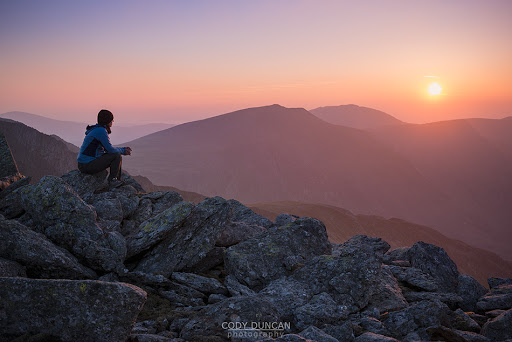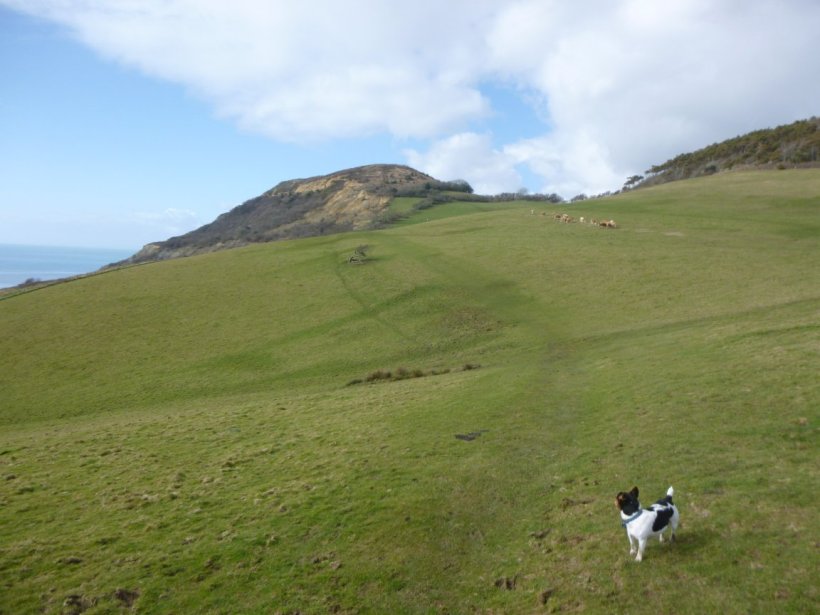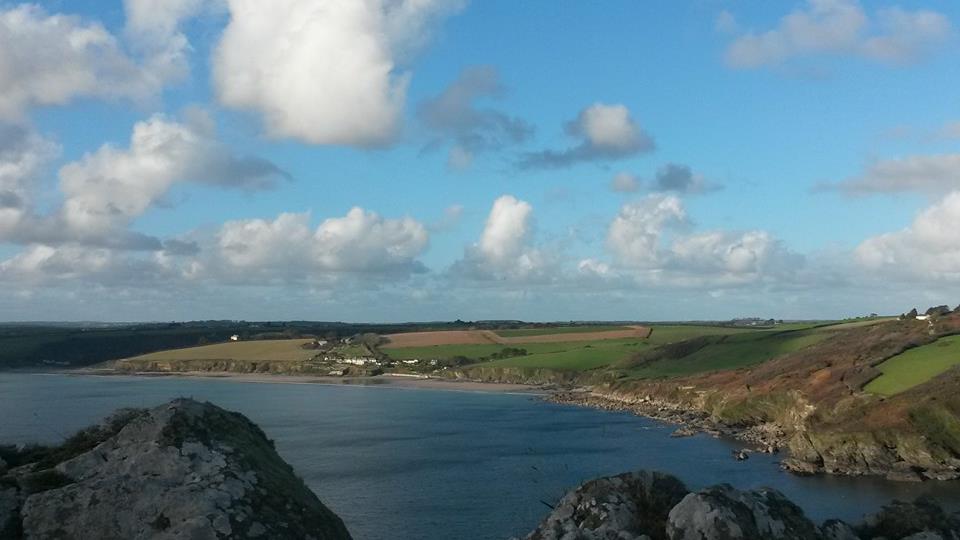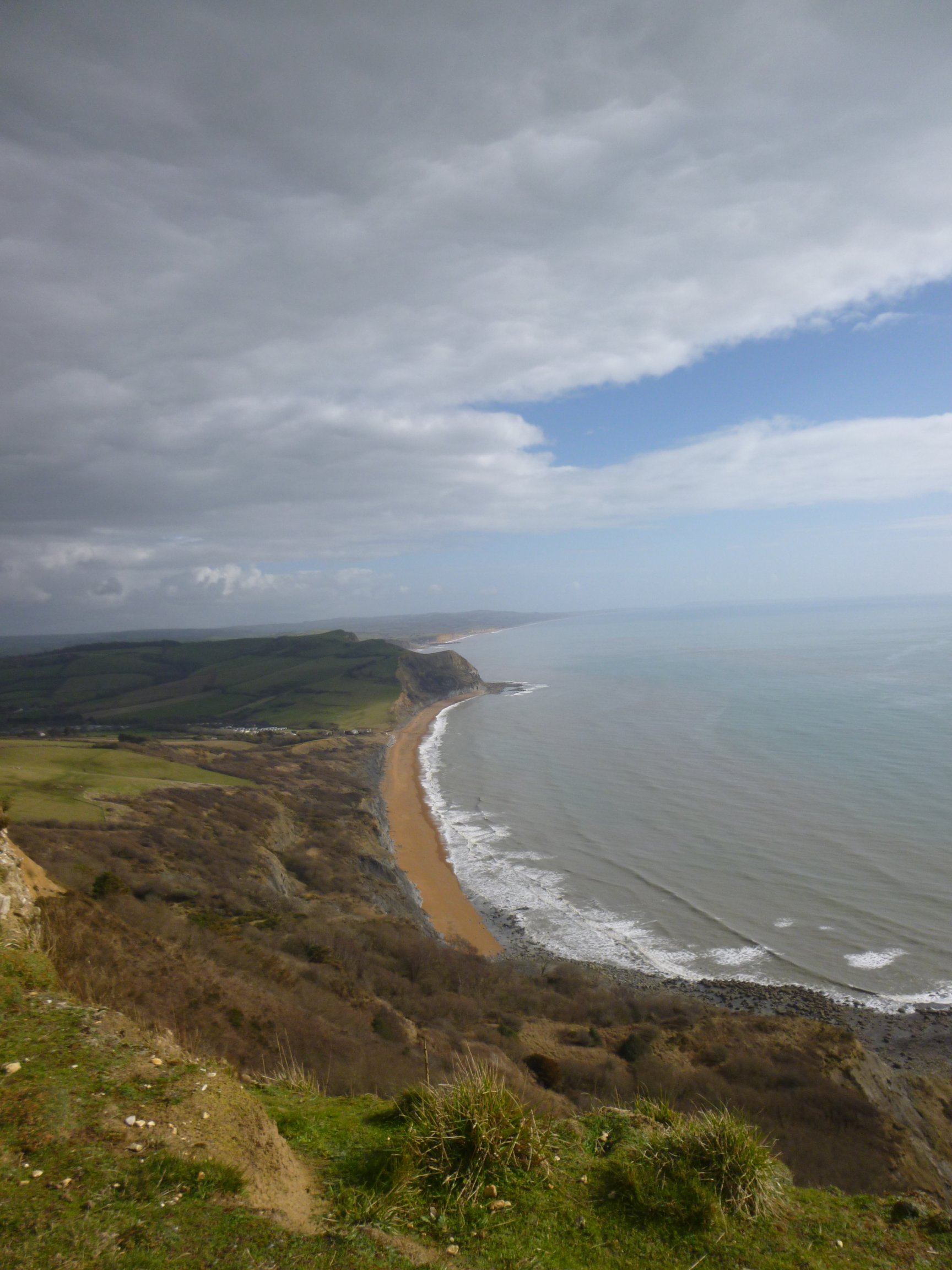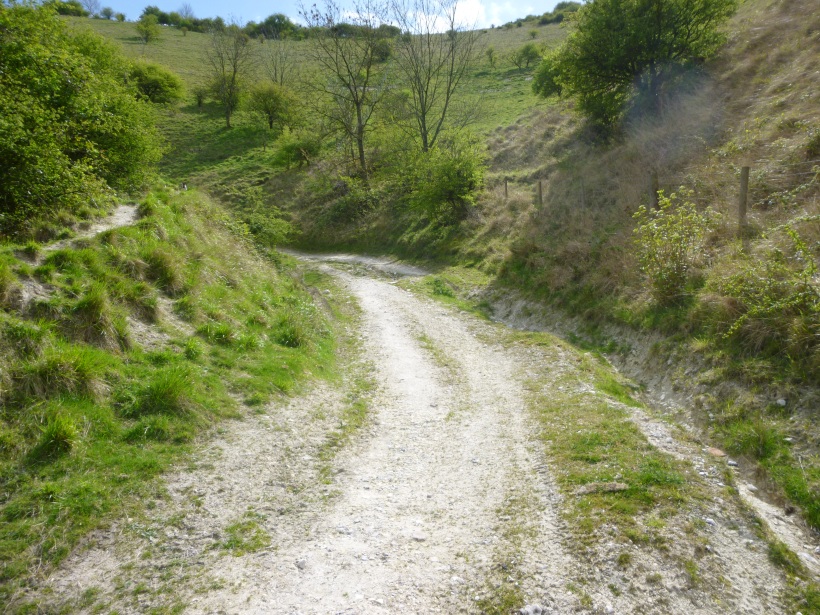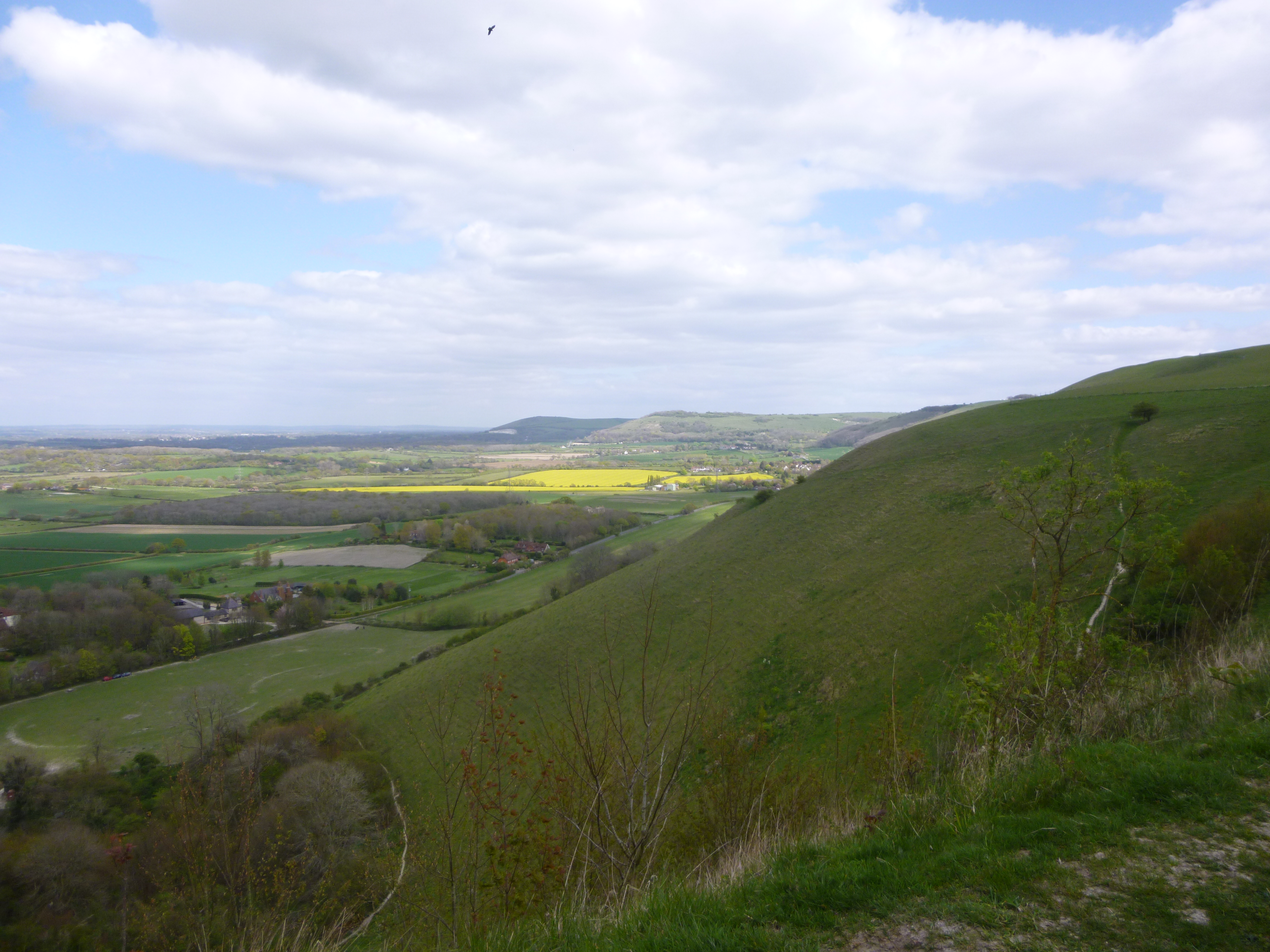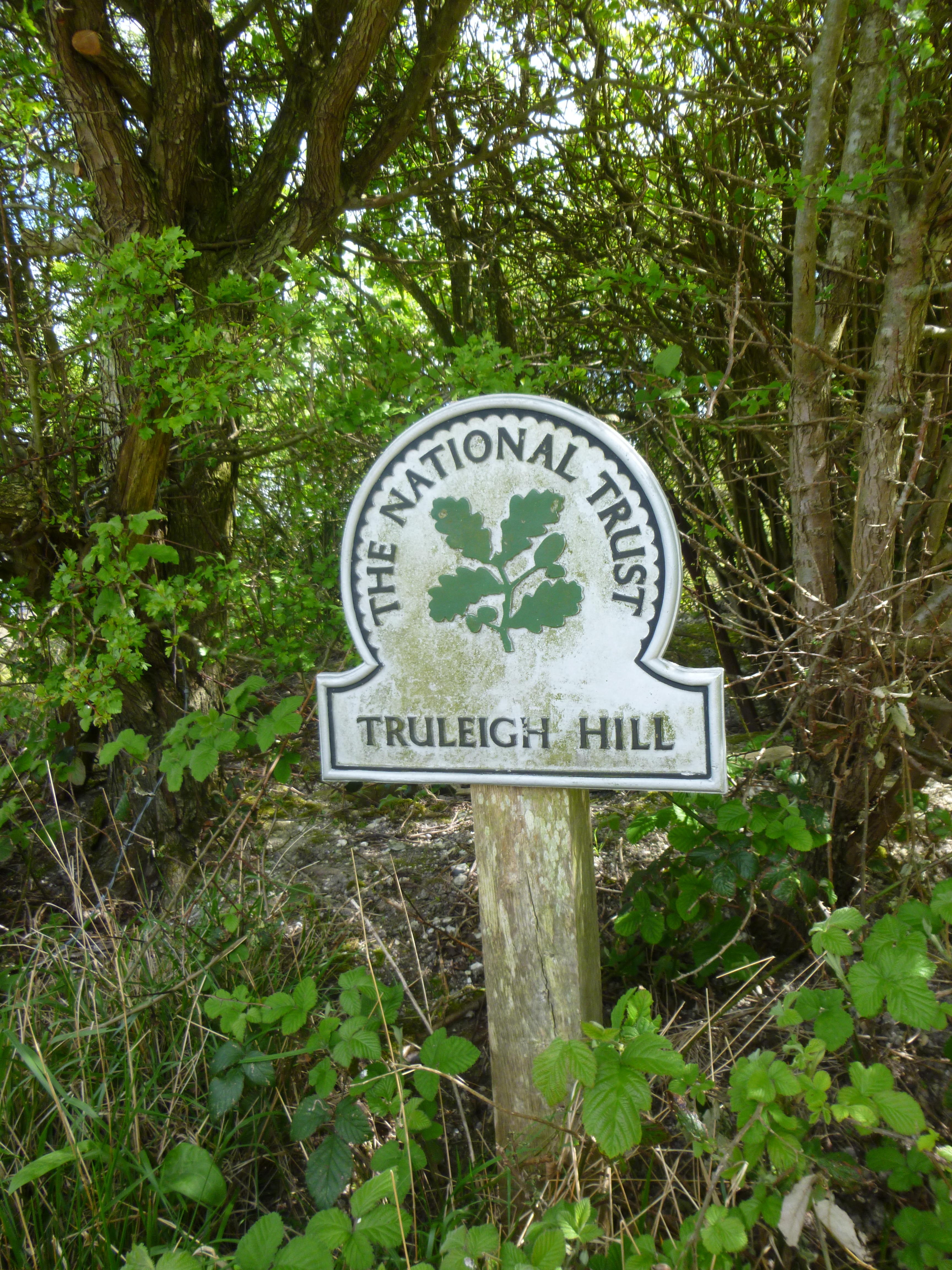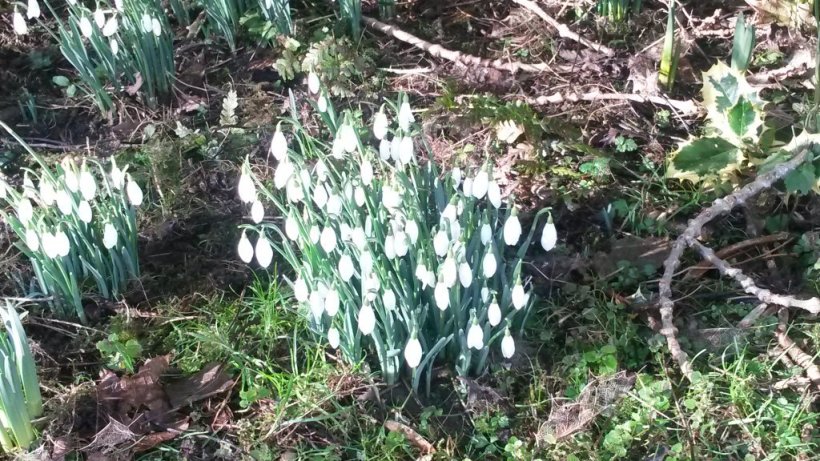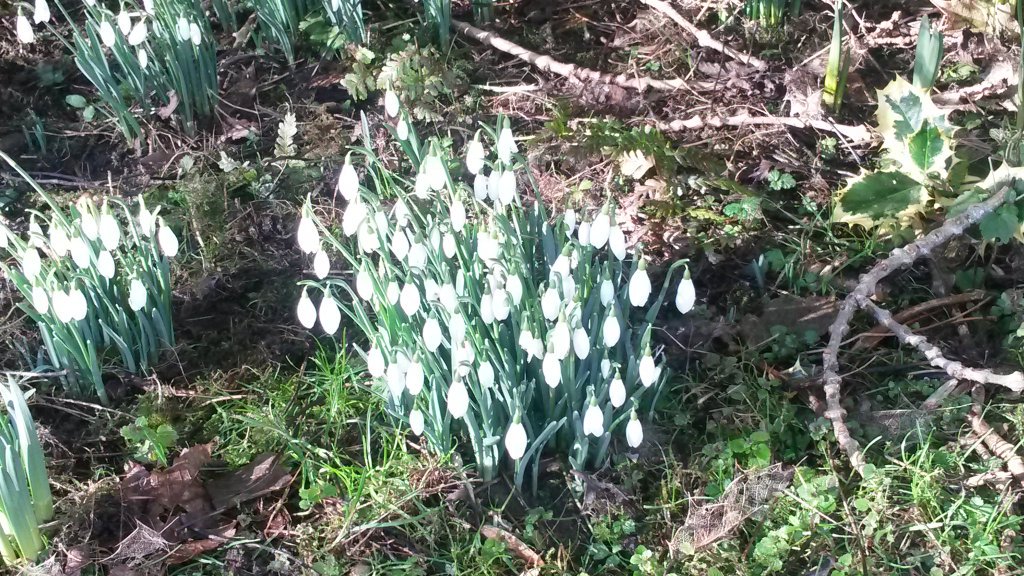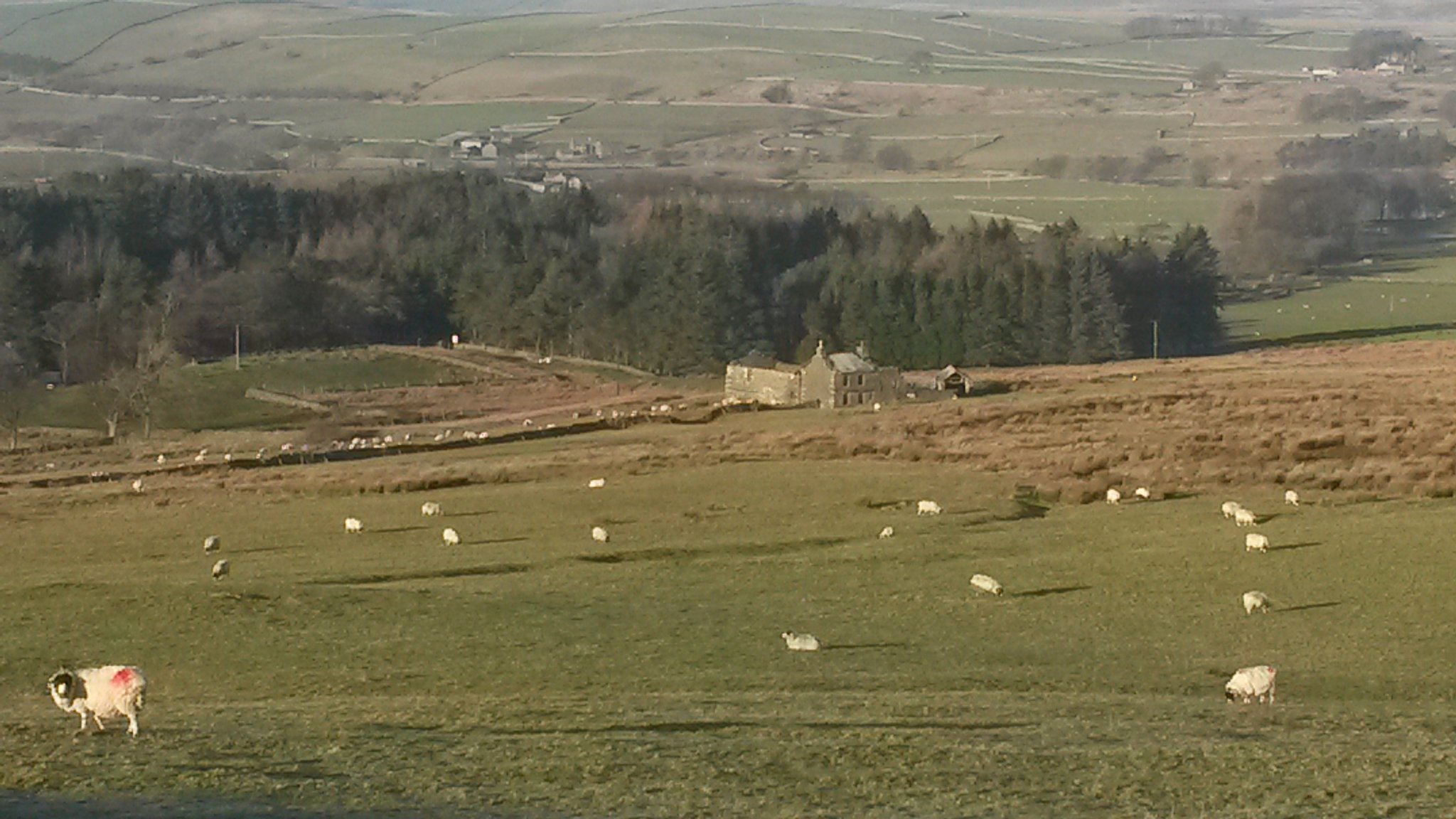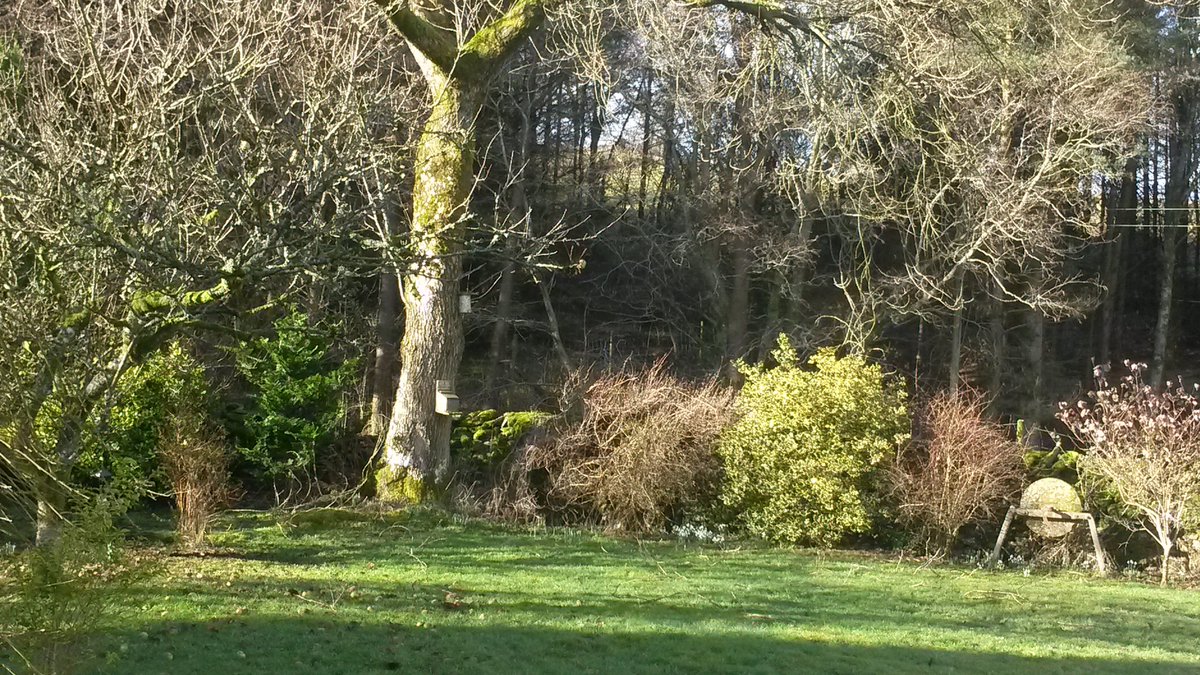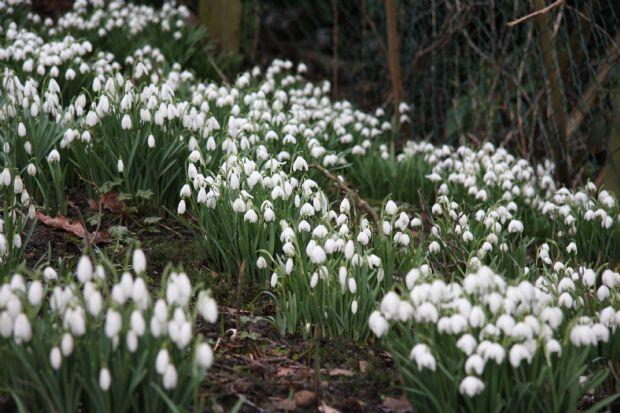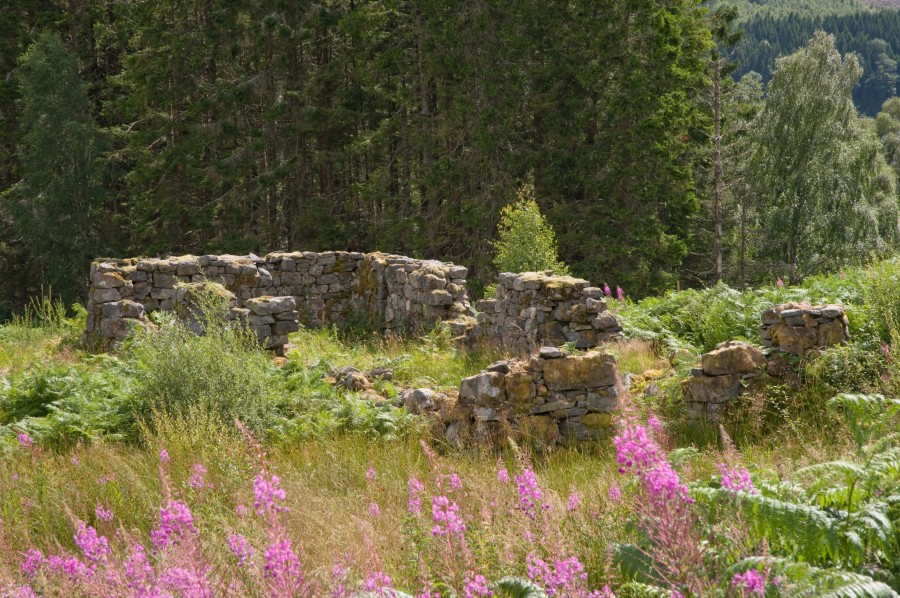
Image source: https://forestryandland.gov.scot/blog/top-10-archaeology-sites
A breath of wind stirs the midsummer grasses, rippling their seed-clad heads with a gentle sigh. It continues lightly on its way, drifting over the large expanse, until it reaches the stony lane beyond. Here, where the shallow valley opens out, the breeze picks up momentum and dives into a dry pothole with an unmistakable puff of dust. Four sparrows bathing in one of the wheel ruts fly suddenly away with a flutter of sound. These fields have remained untouched for decades and something of the magic of England’s ancient meadows still lingers. Wildflowers speckle the gentle slope. Green stalks of Lady’s Bedstraw wave their heavy clusters of yellow flowers like burning brands – a yellow richer in tone than harvest straw. Their seeds have known this soil for centuries, and every year the flowers come, bringing their sweet honey scent. Scattered amongst them are poppies, daisies, and the violet blue lampshades of the meadow cranesbill.
In a gentle hollow in the centre of the meadow stand the ivy-clad remains of an old cottage. Patches of rambling brambles and nettles indicate the former presence of human activity, for these plants love to grow where nitrates are dense in the soil. The partially collapsed walls of the ruin still uphold the chimney breast, its stack reaching hopefully up to the blue sky like a beckoning finger. Somewhere in the heart of the brambles the fireplace and hearth can be found. In winter when the foliage has retreated, the inner space between the thick walls still offers a degree of protection from the elements. On a clear night it is possible to look up the chimney and see the stars. Drops from a passing shower of rain or hail will pitter-patter down to make staccato on the hearthstone, as they did when the cottage was inhabited.
There is no evidence of who once lived here, and neither is the place remembered locally. The cottage and its fields have passed out of modern memory, but nature has reclaimed and celebrated them. Pennywort grows from the sunken wall, thriving in the dry sparse conditions that would daunt other plants. Its shallow green shells float like lilies on a lake of stone. Flowers of red and pink valerian spill over the crumbling walls and spread out in a wide arc. Few signs that the cottage garden was once cultivated remain, but one is unmistakeable. A range of giant twisted thorns rearing up at a great height does not at first bring to mind the gentle English rose. But if the eye follows them it will be rewarded by a cascade of large dusky velvet flowers, foaming pink against the blue sky.
A meadow pipit flits up from a small cluster of rocks to perch on a fence post which forms part of a dilapidated boundary. The posts have been sculpted by the wind and rain. Their wood is gnarled; paler than the plumage of the pipit whose ancestors have haunted the ruins beyond living memory. Far up in the distant blue a tiny lark hovers in mid song-flight, filling the wide acres with sound. The wind comes again, a little stronger this time, whispering of times past. Tendrils of ivy wave from the ruined walls. In the afternoon the meadow catches echoes of the village school children playing outside at break time – a sound that has travelled up the valley every working day for more than two centuries.
It may seem as if the meadow has kept no record of what has passed within its territory. Year after year nesting birds come and go, foxes and badgers pass through on their nightly rounds, and the old cottage stands exposed to the winds and rain. But every meadow has a story. Brambles have grown here year after year. These rambling hedgerows recall faded tawny September afternoons when children would walk up from the village to go a’gypsying – the old term for blackberrying. Every year the blackberries bring forth the same beautiful mixtures of colour – bruised violets, bursting purples, the dark lure of ripeness. These same colours mottled the white pinafores of the village girls. They stain the bill of any bird that eats them, as they stained the lips of hungry wayfarers centuries before. Colour is memory, yet somehow the meadow remembers more. Its grasses were once impressed by a gentle doe that gave birth to twin fawns one midsummer’s day. Resting in the soil are the bones of an old fox that was injured in a trap and crept back to the meadow to die. Somewhere in the loamy layers of the meadow gateway is a penny that was dropped by a young soldier as he stood to watch the sunset in the summer of 1914. There are many more things, and the meadow remembers them all.
When afternoon has faded and the sun has dipped below the line of the wood, the air of the meadow is still warm. Gnats dance in frenzied clouds over the still grasses. Crickets wheeze in rhythms that we don’t understand. The meadow holds the colours of the sky in its hollow as an acorn cup holds the rain. Tendrils of auburn and feathers of white and blue float down and find themselves reflected in the stilly air. Every minute that passes brings a change in tone, until the ruin becomes a ragged silhouette against the darkening blue sky. Bats dive through the dusk. When all seems still and on the brink of night an owl drifts over the hedge, its face a white shell. The owl hunts for several minutes, drifting into obscurity on the far side of the meadow, as night closes over it like a wave.
